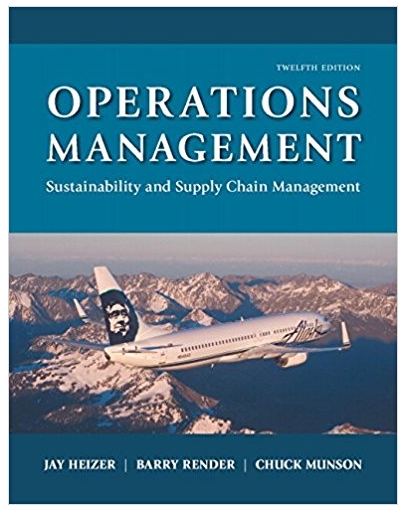The $41 billion dollar firm Uber Technology, Inc., is unsettling the traditional taxi business. In over 40
Question:
The $41 billion dollar firm Uber Technology, Inc., is unsettling the traditional taxi business. In over 40 countries and 240 markets around the world, Uber and similar companies are challenging the existing taxi business model. Uber and its growing list of competitors, Lyft, Sidecar, and Flywheel in America, and fledging rivals in Europe, Asia, and India, think their smart phone apps can provide a new and improved way to call a taxi. This disruptive business model uses an app to arrange rides between riders and cars, theoretically a nearby car, which is tracked by the app. The Uber system also provides a history of rides, routes, and fees as well as automatic billing. In addition, driver and rider are also allowed to evaluate each other. The services are increasingly popular, worrying established taxi services in cities from New York to Berlin, and from Rio de Janeiro to Bangkok. In many markets, Uber has proven to be the best, fastest, and most reliable way to find a ride. Consumers worldwide are endorsing the system as a replacement for the usual taxi ride. As the most established competitor in the field, Uber is putting more cars on the road, meaning faster pickup times, which should attract even more riders, which in turn attracts even more drivers, and so on. This growth cycle may speed the demise of the existing taxi businesses as well as provide substantial competition for firms with a technology-oriented model similar to Uber's.
The Uber business model initially attempts to bypass a number of regulations and at the same time offer better service and lower fees than traditional taxis. However, the traditional taxi industry is fighting back, and regulations are mounting. The regulations vary by country and city, but increasingly special licensing, testing, and inspections are being imposed. Part of the fee charged to riders does not go to the driver, but to
Uber, as there are real overhead costs. Uber's costs, depending on the locale, may include insurance, background checks for drivers, vetting of vehicles, software development and maintenance, and centralized billing. How these overhead costs compare to traditional taxi costs is yet to be determined. Therefore, improved efficiency may not be immediately obvious, and contract provisions are significant (see www.uber.com/legal/ usa/terms).
In addition to growing regulations, a complicating factor in the model is finding volunteer drivers at inopportune times. A sober driver and a clean car at 1:00 a.m. New Year's Eve does cost more. Consequently, Uber has introduced "surge" pricing. Surge pricing means a higher price, sometimes much higher, than normal. Surge pricing has proven necessary to ensure that cars and drivers are available at unusual times. These higher surge prices can be a shock to riders, making the "surge price" a contentious issue.
Discussion Questions
1. The market has decided that Uber and its immediate competitors are adding efficiency to our society. How is Uber providing that added efficiency?
2. Do you think the Uber model will work in the trucking industry?
3. In what other areas/industries might the Uber model be used?
Step by Step Answer:

Operations Management Sustainability and Supply Chain Management
ISBN: 978-0134130422
12th edition
Authors: Jay Heizer, Barry Render, Chuck Munson





